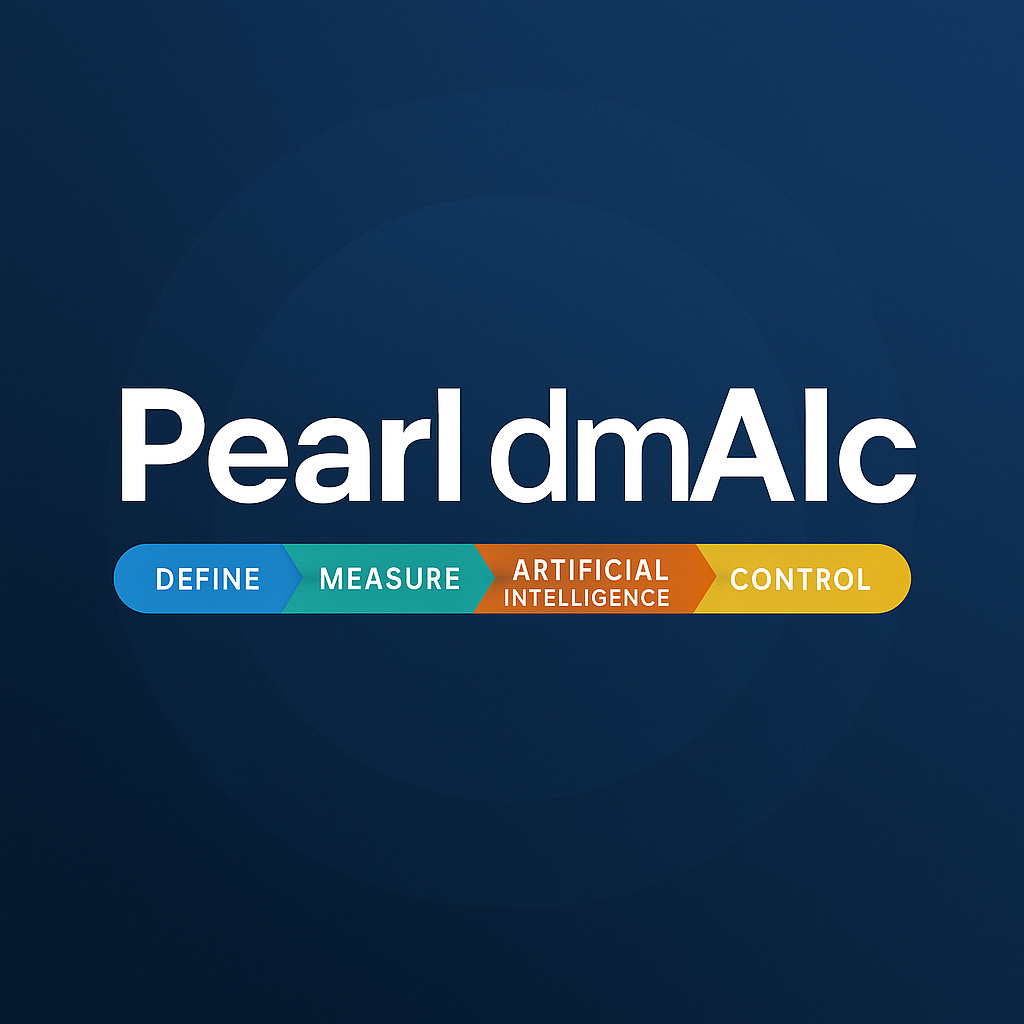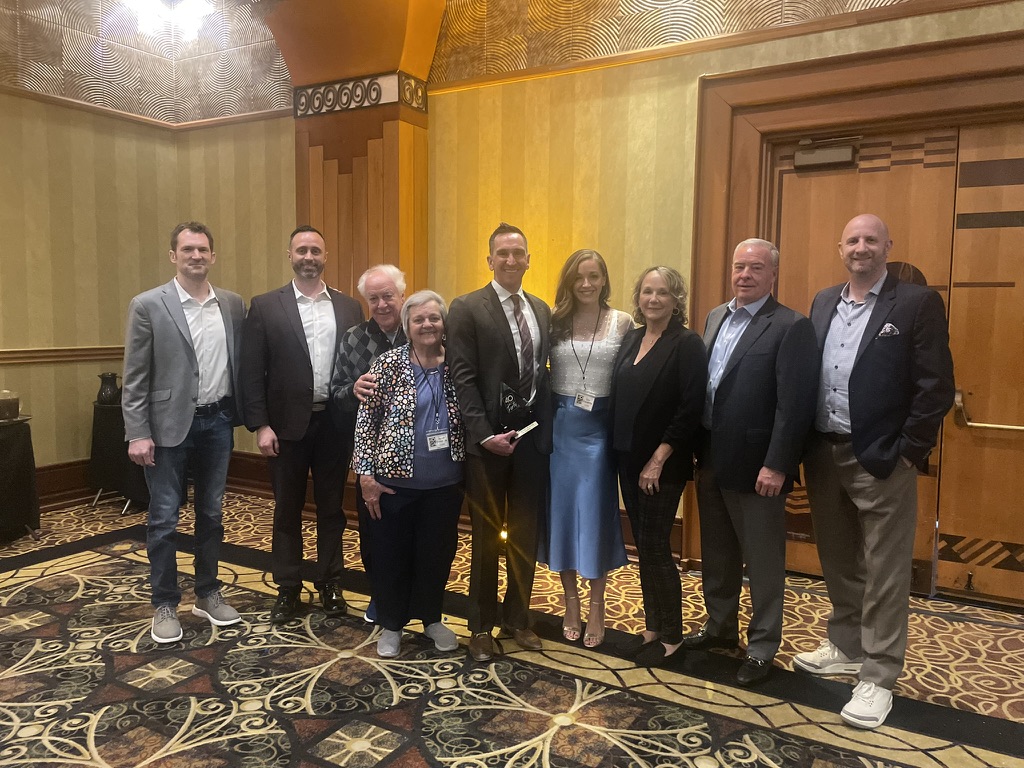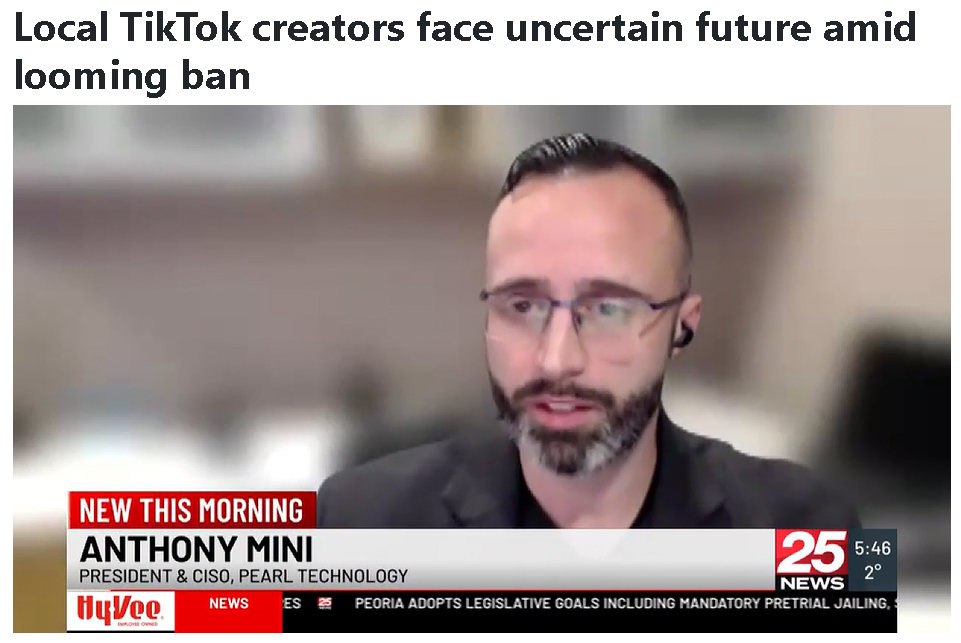Amateur radio connects kids and crew as ISS orbits through space.
Students at the Pearl Technology/Richwoods Township STEM Academy will talk with astronauts on the International Space Station via amateur radio this summer. This activity is part of the ARISS (Amateur Radio on the International Space Station) Program, which promotes learning opportunities as part of the STEM (science, technology, education and math) initiative.
The specific date and time of the contact is currently being scheduled with NASA for the week of July 2 this summer.
Twenty-five middle school students will spend June 18-22 attending the STEM Academy held at Goodwill Commons, where they will learn about space and radio communications. The students will build Raspberry Pi computers that stream live video from the ISS. Students will also participate in a high-altitude balloon launch and use radio telemetry to track the balloon to near-space. The highlight of the academy will be when students communicate directly with astronauts on the International Space Station. The ISS contact itself will be open to students of all ages in the local area.
The STEM Academy is sponsored and put on by Pearl Technology, with the assistance of the University of Illinois Extension, Richwoods Township, Goodwill Industries of Central Illinois, Peoria Area Amateur Radio Club, Peoria Heights High School, volunteer Caterpillar engineers, and ISS Above Software.
For media inquiries, contact Pearl Technology President Dave Johnson at [email protected] or 309-679-0281.
Be sure to follow Pearl Technology/Richwoods Township STEM Academy on Facebook for more information and updates!
What is ARISS?
ARISS is a joint venture by NASA, the Center for the Advancement of Science in Space (CASIS), the American Radio Relay League (ARRL), and the Radio Amateur Satellite Corporation (AMSAT) to facilitate communication via Amateur Radio between astronauts aboard the International Space Station and schools and communities around the world. ARISS programs excite and motivate students in a one-of-a-kind presentation and exchange.
ARISS program goals are:
- Inspiring an interest in STEM (Science, Technology, Engineering and Math) subjects and in STEM careers among young people.
- Providing an educational opportunity for students, teachers, and the general public for learning about wireless technology and radio science through Amateur Radio.
- Providing an educational opportunity for students, teachers, and the general public for learning about space exploration, space technologies and satellite communications.
What is Amateur Radio?
Amateur, or “ham,” radio, is a popular service and hobby in which federally licensed participants operate communications equipment. There are over 700,000 licensed amateurs and nearly 2,300 ARRL-affiliated Amateur Radio clubs in the United States. Hams talk to each other across town, around the world, and even into space without the need for normal communications infrastructure, such as cell phone networks or the Internet. Amateur radio is regularly used during natural disasters to help local emergency and served agencies (such as the Red Cross, Salvation Army, and state and local governments) respond when normal communications methods are disrupted. The amateur radio community is a great source of electronics experimentation, public service, and fun.
More information on the ARISS program can be found at www.ariss.org.
More information on amateur radio can be found at ARRL.org.
Does your business need help with IT solutions, cybersecurity, data centers, or audiovisual integration? Contact us to see what technology solutions might work best for you.





